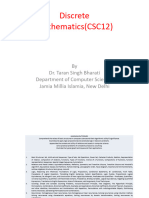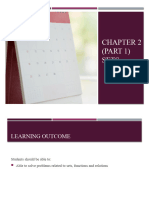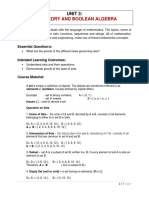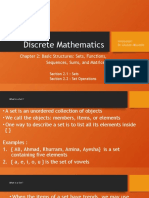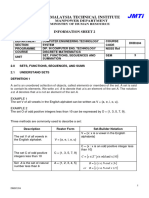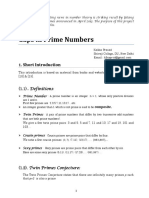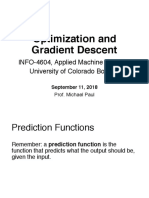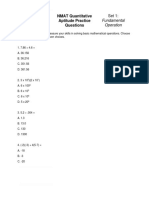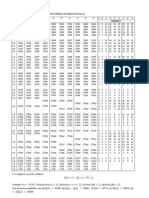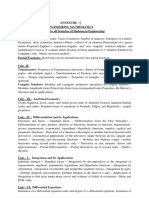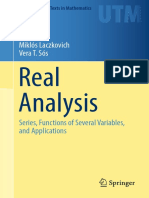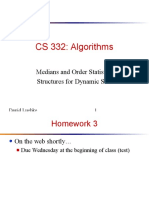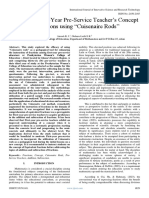0% found this document useful (0 votes)
81 views62 pagesModule 1 Sets
Discrete Mathematics focuses on distinct mathematical structures such as graphs, integers, and set theory. The document covers various topics within set theory, including definitions, operations, properties, and laws, as well as examples and exercises. It also includes recommended books for further reading on discrete mathematical structures.
Uploaded by
kachwalamahir575Copyright
© © All Rights Reserved
We take content rights seriously. If you suspect this is your content, claim it here.
Available Formats
Download as PDF, TXT or read online on Scribd
0% found this document useful (0 votes)
81 views62 pagesModule 1 Sets
Discrete Mathematics focuses on distinct mathematical structures such as graphs, integers, and set theory. The document covers various topics within set theory, including definitions, operations, properties, and laws, as well as examples and exercises. It also includes recommended books for further reading on discrete mathematical structures.
Uploaded by
kachwalamahir575Copyright
© © All Rights Reserved
We take content rights seriously. If you suspect this is your content, claim it here.
Available Formats
Download as PDF, TXT or read online on Scribd
/ 62




